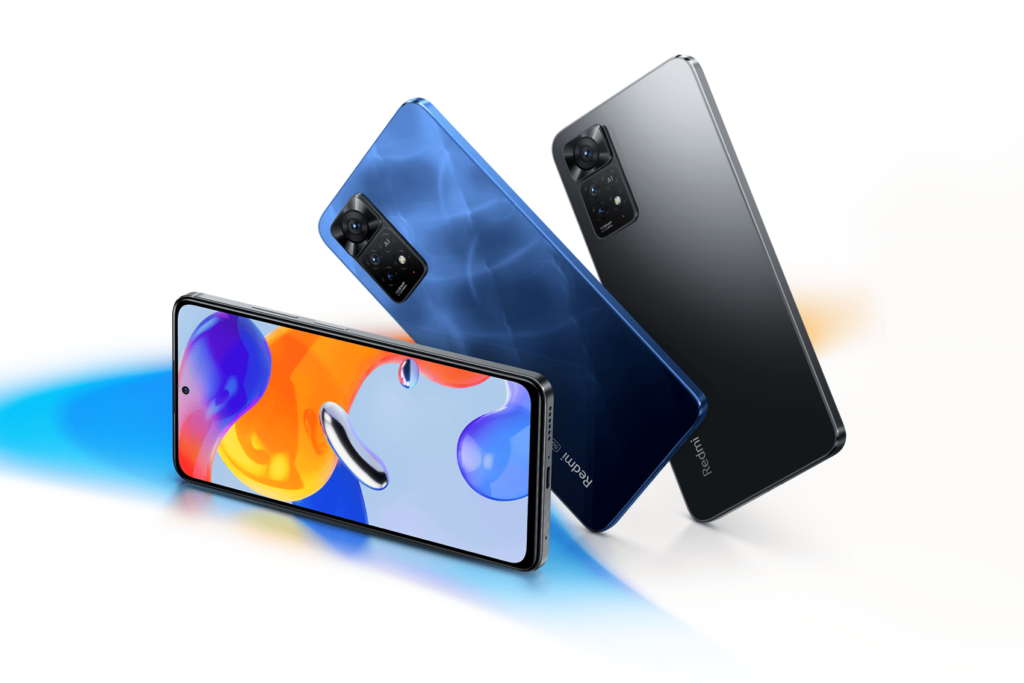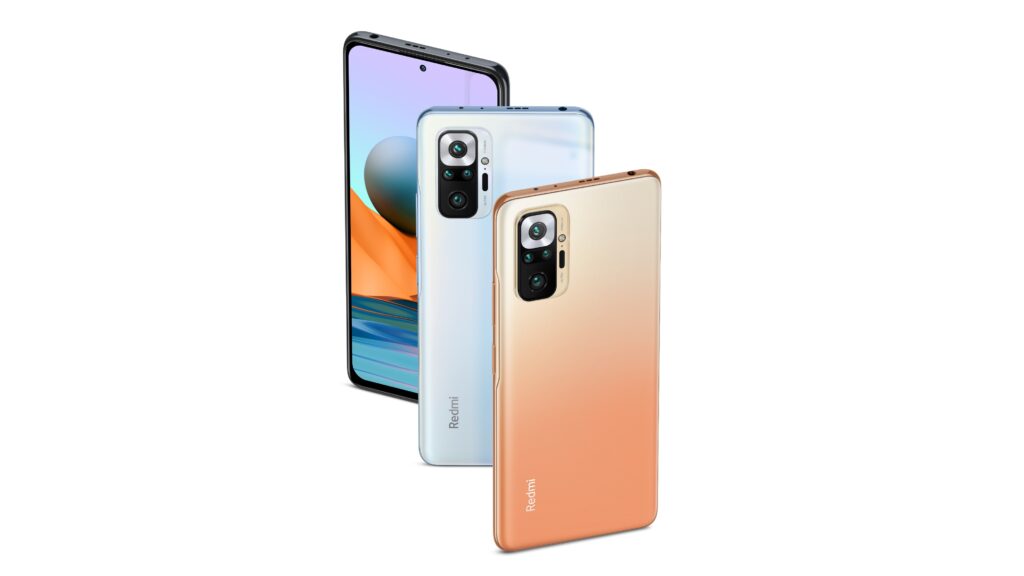Recently, Xiaomi unveiled the Redmi Note 11 series for international markets. The lineup includes two Pro models, namely Redmi Note 11 Pro and Redmi Note 11 Pro 5G. The duo shares almost everything, except for the chip which determines their support for 5G connectivity.
On the other hand, the last year’s international Redmi Note 10 series consists of a single Pro model in just about all markets, except for India. The Redmi Note 10 Pro is known as Redmi Note 10 Pro Max in India. Because the country has an exclusive Redmi Note 10 Pro with a 64MP primary camera instead of a 108MP sensor.
With that out of the way, are the latest Redmi Note 11 Pro smartphones better than the Redmi Note 10 Pro models? We find out the answer to the question in this article.

New design but sidegraded features
The Redmi Note 11 Pro arrives with a different design. The device features a flat frame, however, the material still remains plastic. It retains the rear glass panel and they now flaunt new colors like Atlantic Blue, Polar White, and Graphite Gray. The first hue, in particular, is unique as it mimics water waves.
Whereas, the Redmi Note 10 Pro flaunts the regular curved rear glass design. It comes in classy colors, such as Onyx Gray, Glacier Blue, and Gradient Bronze.
Coming to specs, the two handsets primarily differ only in terms of chipset, camera system, and charging speed. The last-gen model has a Qualcomm Snapdragon 732G SoC, a 5MP telemacro camera with autofocus, and 33W fast charging support. While the latest-gen phone houses a Mediatek Helio G96 (4G variant)/Qualcomm Snapdragon 695 (5G variant) chipset, a 2MP macro camera, and supports 67W fast charging.
Apart from the aforementioned dissimilarities, the Redmi Note 10 Pro and the Redmi Note 11 Pro are basically similar. They sport a 6.67-inch FHD+ 120Hz AMOLED display, LPDDR4x RAM, UFS 2.2 storage, 108MP primary camera, 8MP ultra-wide shooter, 16MP selfie snapper, dual stereo speakers, side-mounted fingerprint sensor, MicroSD card slot, 3.5mm headphone jack, and USB Type-C port.
Both run Android 11, however, the newer smartphone comes with MIUI 13. Finally, the battery capacity is nearly identical – 5,000mAh (new) vs 5,020mAh (old).
Is 5G worth it?
The only big upgrade in the Redmi Note 11 Pro is the Qualcomm Snapdragon 695 chip. The silicon not only enables 5G connectivity but also offers better performance.
The latter is useful for any user. Whereas, 5G is not meant for everyone. Most people still don’t have access to the latest cell network.
The Redmi Note 11 Pro 5G is only recommended for those who are in the vicinity where 5G is the norm. You may wonder what about performance? We have an answer for that too.
The device starts at $329 for 6GB + 64GB. The base variant’s storage is low for today’s standard. So most people would buy the 128GB version, which arrives with either 6GB ($349) or 8GB RAM($379). At this price, if one really cares about performance, then they may be better off with the POCO F3, which costs around the same and also offers 5G.
Old is gold
Considering the above-listed factors, the year-old Redmi Note 10 Pro still sounds like a good deal. It can still take on the Redmi Note 11 Pro. You get the almost same experience for way less price.

Usually, new phones are better than their older counterparts. However, once in a while, due to minute upgrades, the older handsets offer better value for the price tag on them.
Xiaomi set the bar very high with the Redmi Note 10 series. It was expected for the company to face difficulties in upping its game in the next generation. Perhaps, the Redmi Note 12 Pro may arrive as a better successor than the Redmi Note 11 Pro.
RELATED:
- Throwback Tech Thursday: Revisiting Nokia N95, One of the best early smartphone
- Opinion: OnePlus Nord CE 2 Lite could be Redmi Note 11 Pro 5G’s true competitor
- Throwback Tech Thursday: Revisiting Motorola Rokr Z6, the Stylish Music Phone
- Opinion: Redmi Note 11S is a better deal than Redmi Note 11 Pro







